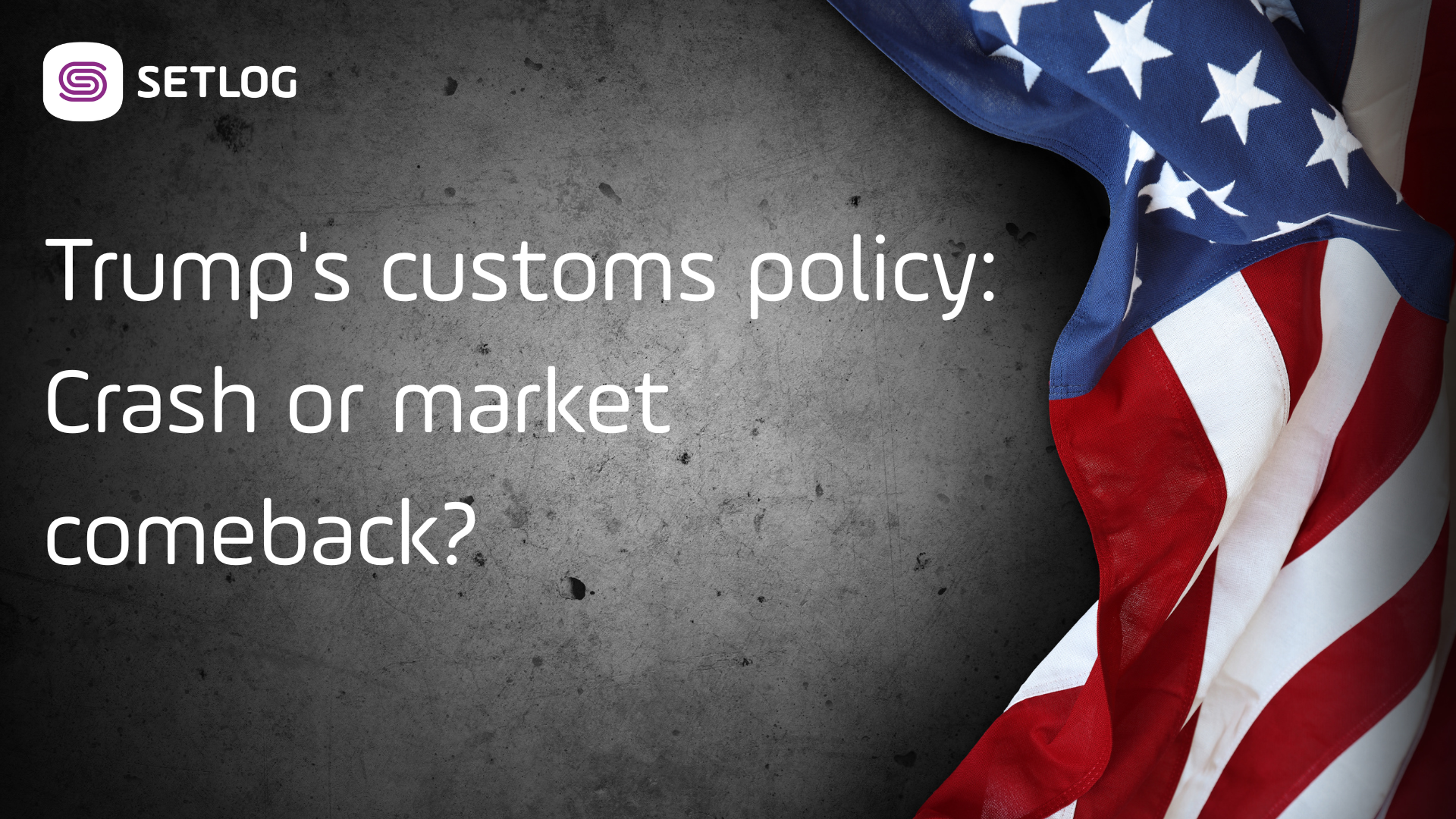
The new US tariffs announced by Donald Trump mark a turning point in international trade policy. Under the banner of “fair trade,” the US government plans to implement reciprocal tariffs—trade barriers that match the structure and level of those imposed by partner nations. However, the immediate consequences of this announcement are far-reaching—economically, geopolitically, and logistically. While the US sees this as a way to protect its economy, global skepticism is mounting: is this actually playing with fire? Yet, amid the restructuring of global trade, there may also be new opportunities—especially for Europe.
Short-Term Setbacks for the US—And a Loss of Trust
The economic rationale behind the tariffs remains controversial. While they may offer short-term protection for certain US industries, they also drive up import prices, burden consumers, and threaten jobs in export-driven sectors. Analysts warn that prices for certain goods could rise by as much as 40 percent. International companies deeply embedded in global supply chains are already relocating parts of their production—away from the US.
Moreover, trust in the US as a reliable trading partner is eroding. Constant shifts in economic policy are creating planning uncertainty and deterring investors. This affects not only trade partners like the EU and China but also long-time US allies such as Canada.
Global Ripple Effects—Markets, Supply Chains, and Transport Routes Under Pressure
The impact of the new US tariffs is being felt especially strongly in the international transport sector. Air and sea freight markets are under intense pressure. Just before the new regulations took effect, air cargo traffic between China and the US dropped sharply—by as much as 21 percent—according to data from analytics firm Rotate. This follows a temporary 23 percent spike in March as companies rushed shipments ahead of the tariffs.
Ocean freight is also feeling the strain: Asian analytics company Linerlytica forecasts a 1 percent decline in global container traffic in 2025—a level last seen during the first year of the COVID-19 pandemic. On top of that, dozens of sailings on the transpacific route have been canceled—over 40 in the past five weeks alone, according to Drewry data. The reason: shippers are unsettled, unsure what tariffs they’ll face next. Shipping stocks have taken a hit—shares of Maersk, Hapag-Lloyd, and Evergreen have dropped by up to 17 percent since the tariff announcement in April. These developments highlight how trade policy uncertainty can quickly translate into tangible, global economic impacts.
Opportunities for the EU—Economically, Politically, Strategically
As the US moves toward protectionism, Europe has the chance to position itself as a global anchor of stability. By pursuing a clear, rules-based trade policy, the EU can present itself as a reliable partner—to both industrialized nations and emerging economies.One key piece of this strategy is the planned trade agreement with MERCOSUR countries—Brazil, Argentina, Uruguay, and Paraguay. In an era of growing uncertainty, this agreement could unlock significant economic potential and strengthen European companies’ access to a market of over 260 million people. It would also help reduce Europe’s dependence on the US market.
Digital Sovereignty: The EU vs. Tech Giants
The EU is also asserting itself in the digital space. With the Digital Markets Act (DMA) and the Digital Services Act (DSA), it is forcing platform giants like Meta and X to adhere to stricter standards for transparency, fairness, and consumer protection. Companies that fail to comply with EU regulations face hefty fines—or exclusion from the EU market altogether. This could shift the global digital power balance and promote innovation within Europe’s tech sector.
A Challenge: Global Supply Chains in Flux
For companies worldwide, the new US tariffs are yet another sign of how vulnerable global supply chains have become. The trend is clearly moving toward “nearshoring” and diversification—bringing production closer to end markets and reducing risk by sourcing from multiple suppliers. While this may increase costs, it also builds resilience—and Europe stands to benefit if investment in European production facilities rises.
International Reactions—China, Canada, and Latin America
China, traditionally the main target of Trump’s tariffs, is recalibrating its strategy. It is deepening trade ties with Asia and Africa, investing heavily in domestic technologies, and boosting domestic consumption. In the long run, China may emerge from this conflict stronger—positioning itself as a geopolitical counterweight to the US.
Canada, deeply intertwined with the US economy, is also feeling the effects. Despite the USMCA free trade agreement, Canadian products have been hit with tariffs. Ottawa is now actively seeking alternatives—through the CETA deal with the EU or stronger partnerships in the Pacific region.
Finally, Latin America may benefit from closer cooperation with Europe. Brazil and Argentina, in particular, are banking on the MERCOSUR deal to diversify their trade relationships and reduce dependence on the volatile dynamics between the US and China.
Conclusion: A World in Transition—Europe as Strategic Winner
The US tariffs are having wide-ranging and profound effects—on markets, businesses, logistics systems, and international relations. While they may offer short-term protection for certain industries, they are undermining trust in the US as a dependable economic partner and destabilizing global trade.
Europe, however, faces a historic opportunity: through strategic trade partnerships, investment in key industries, digital sovereignty, and more resilient supply chains, it can emerge stronger from this period of global upheaval. Those who act decisively now may not only gain economically—but also increase their geopolitical influence.
